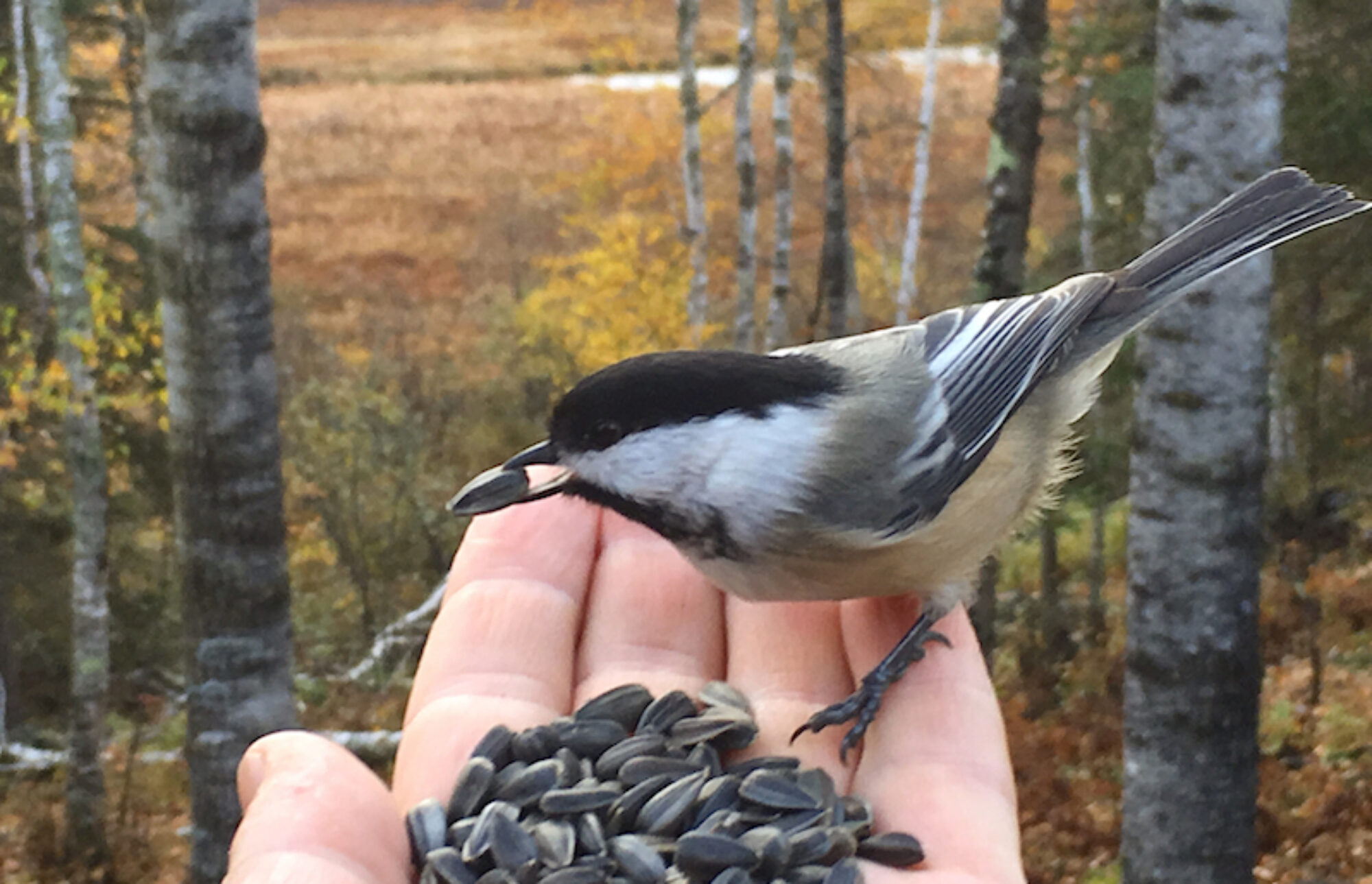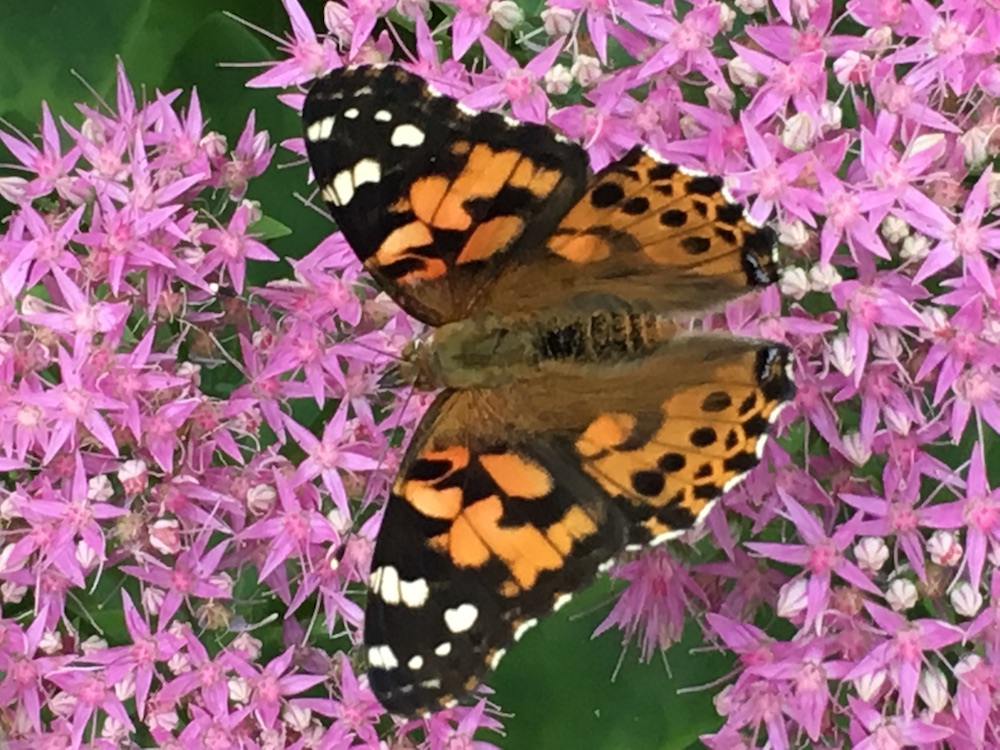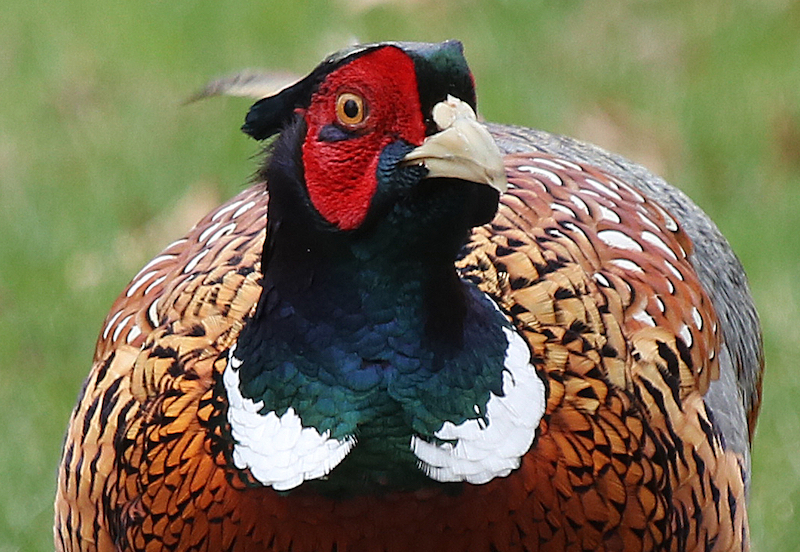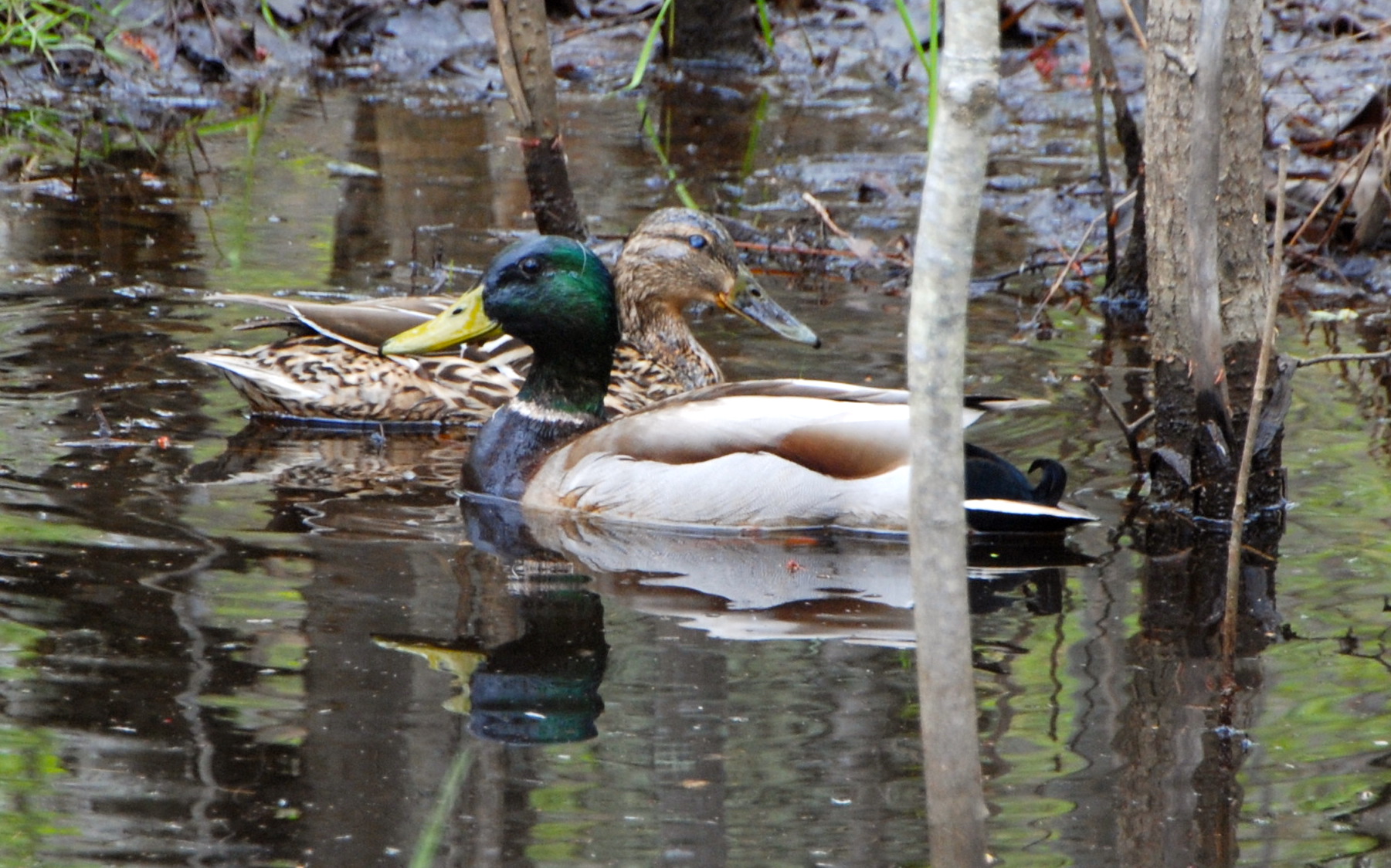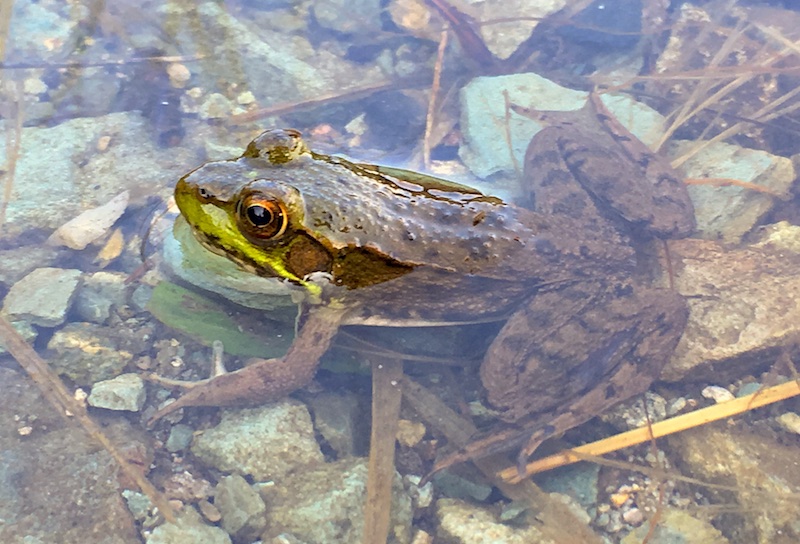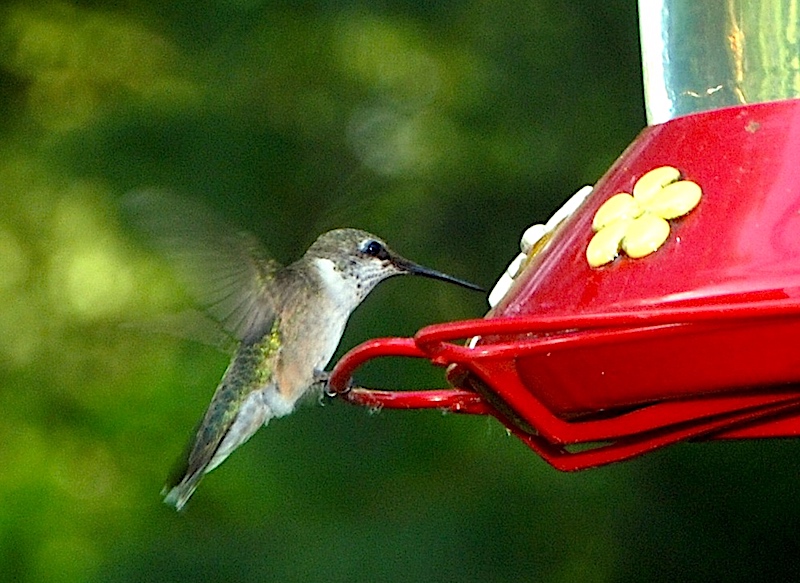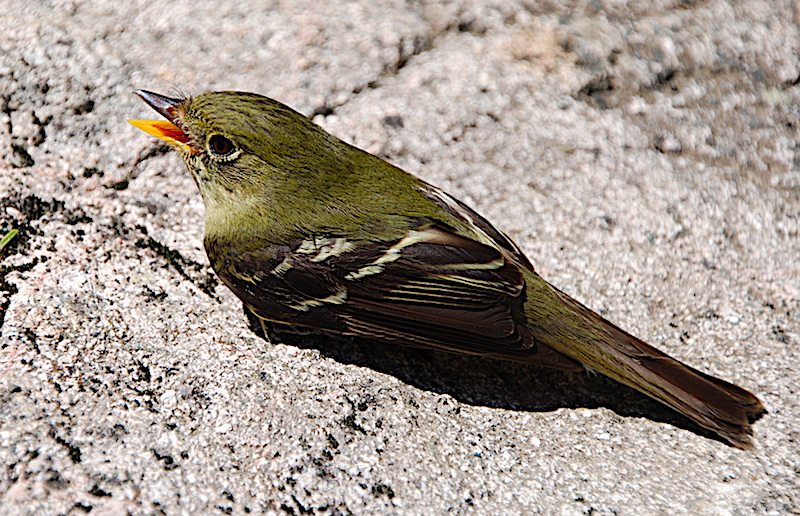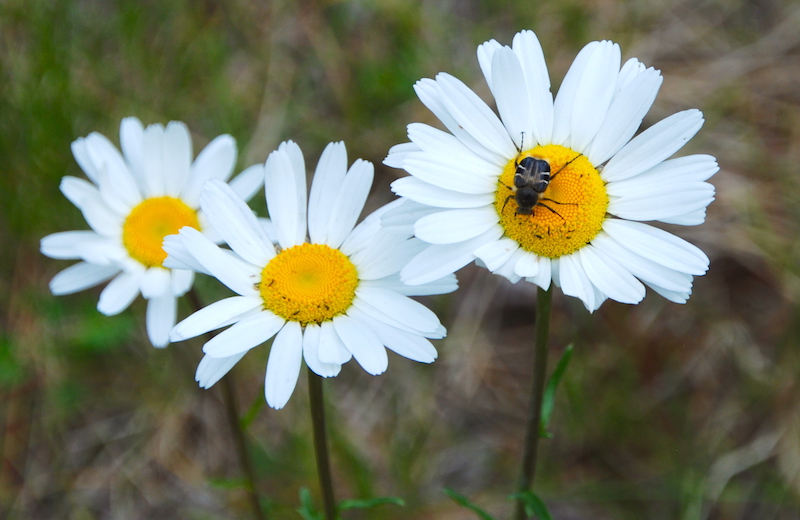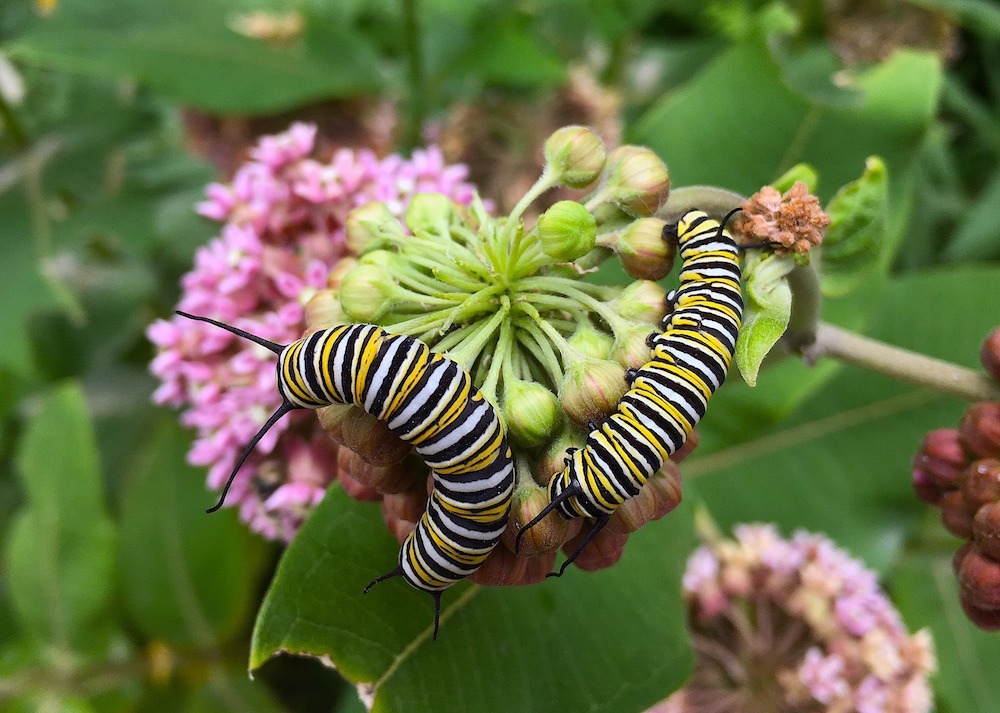Iowa waterfowlers who didn’t participate in the early teal-only season will get there first shot of the year at ducks and geese during the course of the next three weekends.
The state is divided into three zones that will open on consecutive weekends, starting Saturday, Sept. 23, when the north zone opens. The south zone opens on Sept. 30, followed by the Missouri River zone on Oct. 7.
Wetland conditions vary significantly across the state so duck hunters should know in advance if there are adequate water levels at their favorite hunting spots.
The Iowa DNR has a wetland conditions survey and weekly migration report online at www.iowadnr.gov/hunting.
The daily bag for ducks is six. A couple changes this season include the black duck bag limit was been increased to two, while the pintail bag limit has decreased to one
The daily bag limit for Canada geese is two. On Nov.1, the daily bag limit increases to three.
More information and season dates and bag limits is available in the 2017-18 Iowa Hunting, Trapping and Migratory Game Bird Regulations and online at www.iowadnr.gov/hunting.
Help harvest prairie seed
If you’re looking for a fun reason to get outside to enjoy the fall weather and to even catch a bit of the fall butterfly migration, Story County Conservation could use your help.
Conservation staff will be collecting seed at Doolittle Prairie on three different occasions in the next two weeks, and they could use some volunteers. Experience is not necessary and staff will show volunteers where, how and what species of prairie flowers from which to collect the seeds.
The first seed collection will be from 2 to 4 p.m. Sunday, Sept. 24, at Doolittle Prairie, 14249 560th Ave., south of Story City.
Registration is requested so staff know how many supplies and refreshments will be needed. Call (515) 232-2516 to sign up.
Fall Festival is Oct. 1
Another opportunity to get out and enjoy the beginning of autumn will be the Partners Fall Festival. The annual free event will be from 3 to 6 p.m. Sunday, Oct. 1, at McFarland Park, and will feature the traditional and modern blues music of Redz Bluez.
There will be a hayrack ride around the park, nature activities for kids, food vending options from the Mucky Duck Pub, and booths and displays from, among others, the Iowa Purple Martin Organization, Ames Smart Watersheds and Conservation Corps of Iowa.
‘Wildlife Calls! 2017’
Wildlife lovers might want to share an evening with a few wild creatures and some of the people who care for them.
The Iowa Wildlife Center’s “Wildlife Calls! 2017” fundraising event will be from 6:30 to 9:30 p.m. Saturday, Oct. 7, at the Science Center of Iowa in Des Moines. The IWC is nonprofit organization that provides professional rehabilitation services for native wildlife.
IWC staff, board members and volunteers will be on hand to share stories about some of the animals they’ve helped in recent years while building a wildlife rehabilitation clinic and education center near Ledges State Park in Boone County.
There will be guest speakers, videos, a silent and live auctions, appetizers, a cash bar and door prizes. The cost is $60 in advance or $65 at the door. All proceeds will benefit the IWC.
For tickets, call Gina McAndrews at (515) 635-5760 or visit www.iowawildlifecenter.org.
Clean those birdfeeders
The fall migration is picking up, and if you aren’t already feeding your backyard birds, it’s time to put up the feeders.
Before you do, however, it’s a good time to get those feeders scrubbed and cleaned to eliminate potential disease for your feathered friends.
Wild Birds Unlimited’s annual fall birdfeeder cleaning fundraiser will be from 9 a.m. to 3 p.m. Saturday, Oct. 7, at 213 Duff Ave., in Ames. The cost is $5 per feeder, and proceeds go to Gilbert Boy Scouts Troop 157. Additional donations will be gladly accepted.
Feeders can be dropped off at the store during normal business hours starting Wednesday, Oct. 4, through noon, Saturday, Oct. 7. Cleaned feeders can be picked up late Saturday afternoon or between noon and 4 p.m. Sunday, Oct. 8.
For special dropoff and/or pickup arrangements, call WBU at (515) 956-3145.
Todd Burras can be reached at outdoorstoddburras@gmail.com.
